清水寺
( Kiyomizu-dera )Kiyomizu-dera (清水寺, Kiyomizu Temple, "Pure Water Monastery") is a Buddhist temple located in eastern Kyoto, Japan. The temple is part of the Historic Monuments of Ancient Kyoto (Kyoto, Uji and Otsu Cities) UNESCO World Heritage Site.
 Kiyomizu-dera circa 1880 by Adolfo Farsari
Kiyomizu-dera circa 1880 by Adolfo FarsariThe temple was established by Enchin Shonin in 778 during the late Nara period, who was a priest from Nara (capital of Japan from 710 to 784), he received a vision to construct the temple next to the Otowa spring.[1][2]
In 798, the shogun Sakanoue Tamuramaro, improved the site by including a large hall that was reassembled from the palace of Emperor Kammu (r. 781–806). The emperor left Nara due to the strong influence that the Buddhist monasteries had on the government there. During this period there was a strong rivalry between the Kofuku-ji and the Kiyomizu-dera temples and both had strong influences around the region.[1]
Many of the temple's present buildings were constructed in 1633, ordered built by Tokugawa Iemitsu.[3] There is not a single nail used in the entire structure. It takes its name from the waterfall within the complex, which runs off the nearby hills. Kiyomizu means clear water, or pure water.[4][5]
It was originally affiliated with the old and influential Hossō sect dating from Nara times.[2] However, in 1965 it severed that affiliation, and its present custodians call themselves members of the "Kita-Hossō" sect.[6]
PresentThe popular expression "to jump off the stage at Kiyomizu" is the Japanese translation of the English expression "to take the plunge".[5] This refers to an Edo-period tradition that held that if one were to survive a 13-meter (43-foot) jump from the stage, one's wish would be granted. During the Edo period, 234 jumps were recorded, and of those, 85.4% survived.[5] The practice was prohibited in 1872.[5]
The temple complex includes several other shrines, among them the Jishu Shrine, dedicated to Ōkuninushi, a god of love and "good matches".[4] Jishu Shrine possesses a pair of "love stones" placed 10 meters (30 feet) apart,[7] which lonely visitors can try to walk between with their eyes closed. Success in reaching the other stone with their eyes closed implies that the pilgrim will find love, or true love.[8]
The complex also offers various talismans, incense, and omikuji (paper fortunes). The site is particularly popular during festivals (especially at New Year's and during obon in the summer) when additional booths fill the grounds selling traditional holiday foodstuffs and souvenirs to throngs of visitors.[9]
In 2007, Kiyomizu-dera was one of 21 finalists for the New Seven Wonders of the World,[10] but was not picked as one of the seven winning sites. The temple was covered entirely by semi-transparent scaffolding while undergoing restoration works in preparation for the 2020 Olympics.




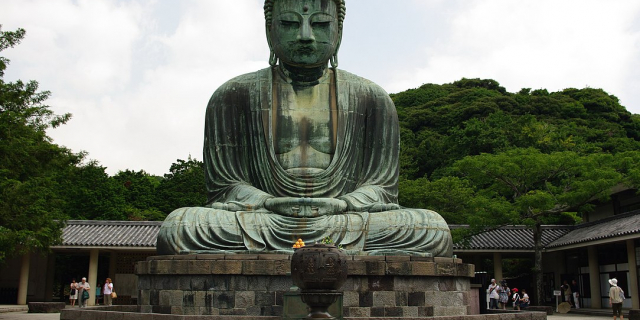
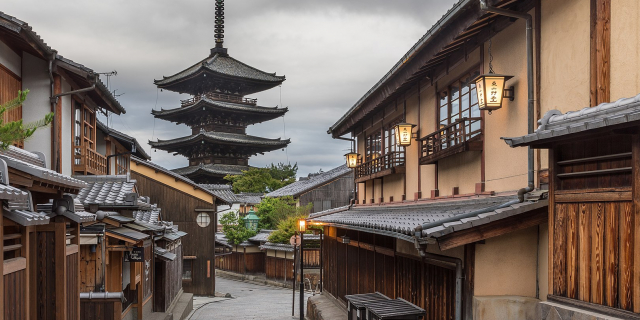



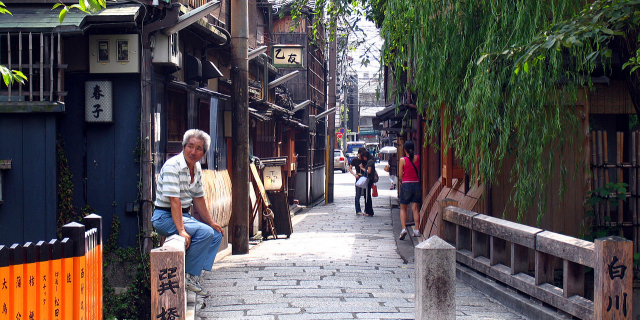







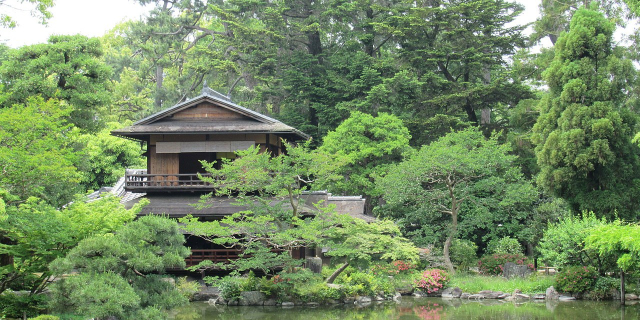

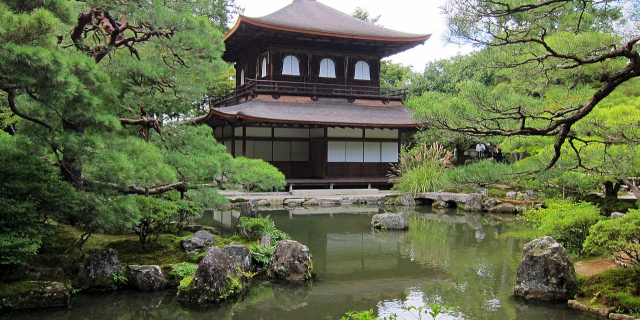
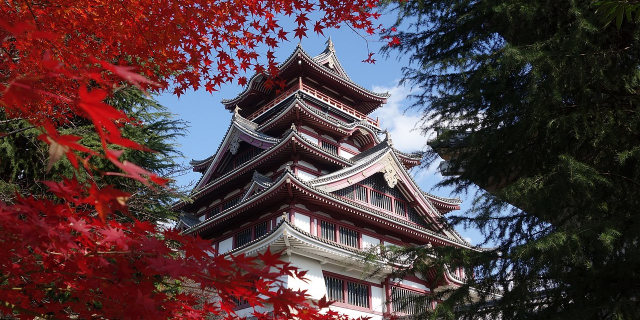

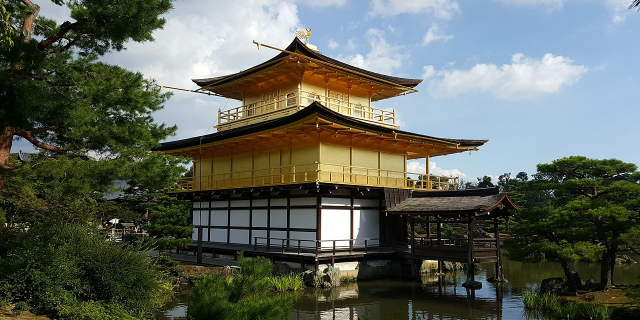
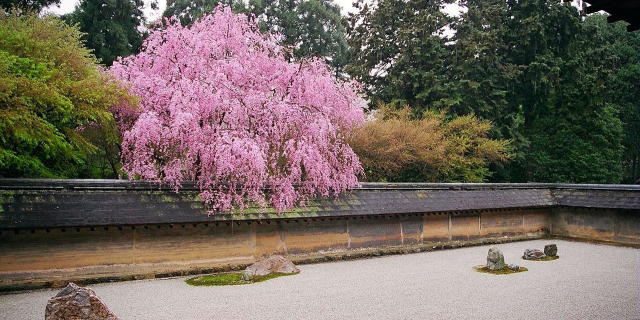






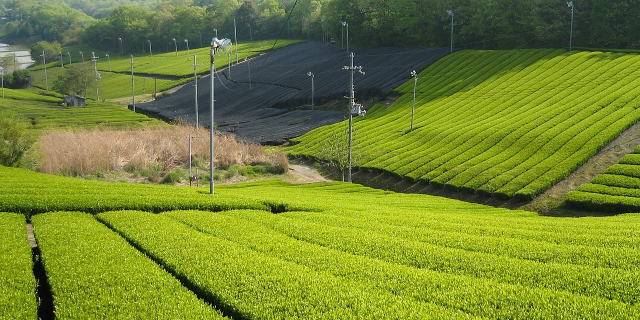




Add new comment